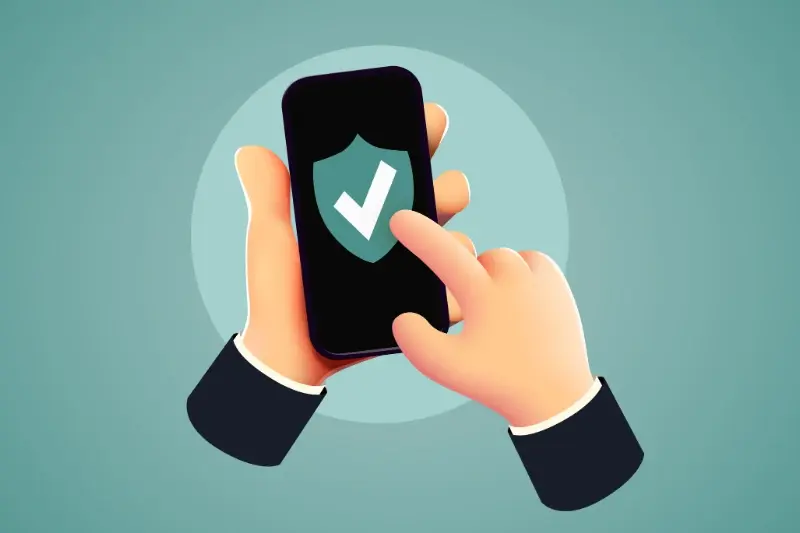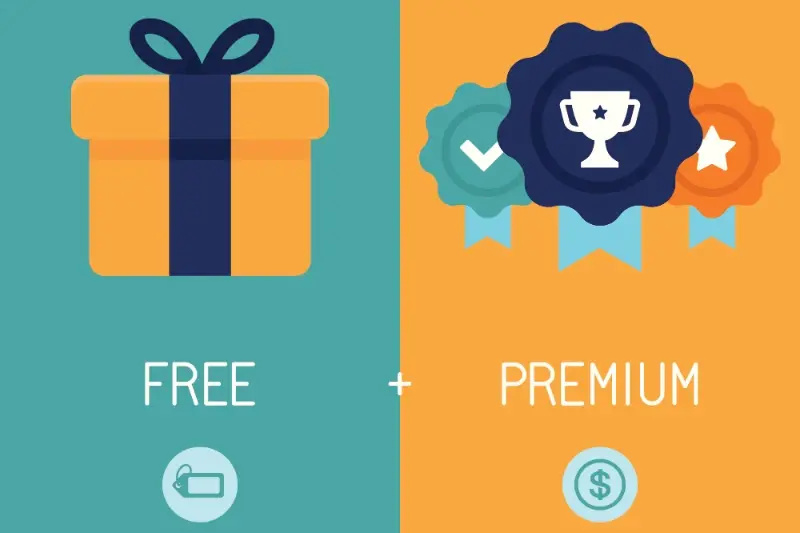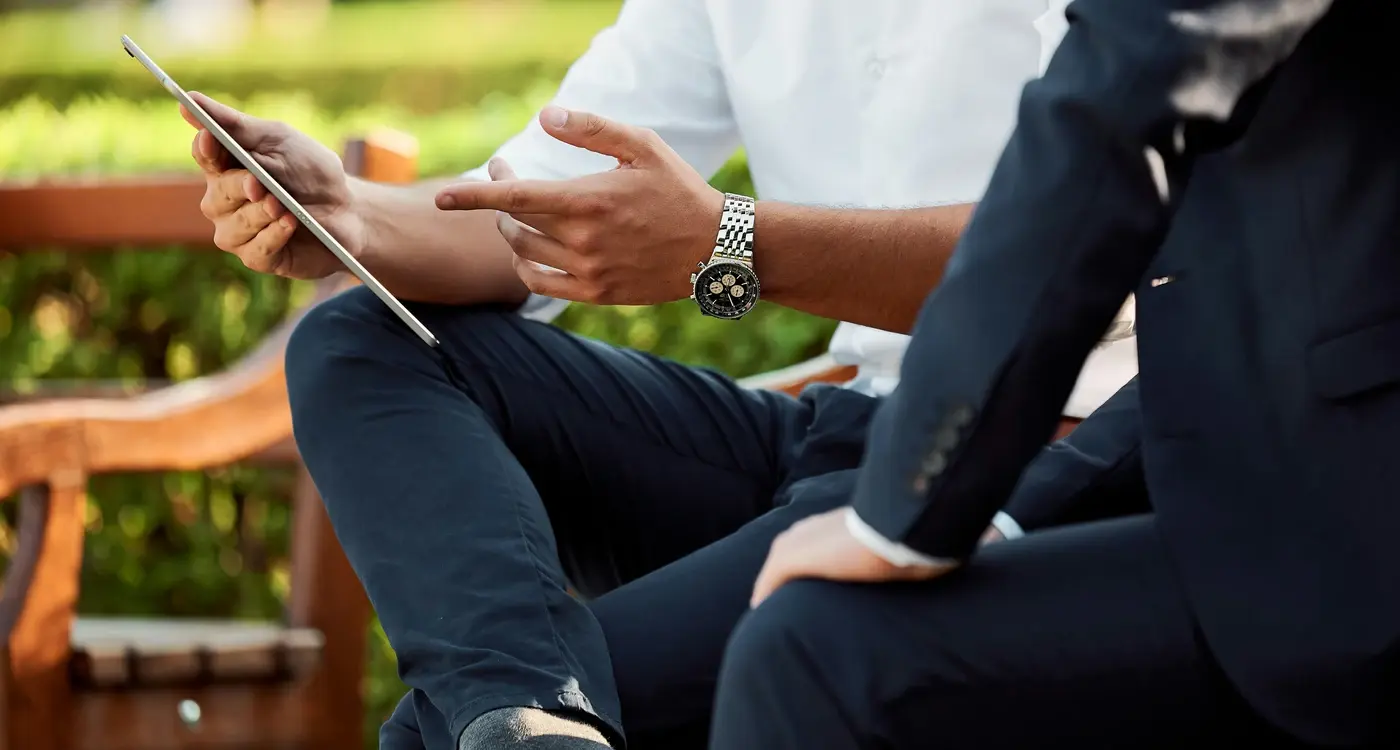Why Most App Patents Are Rubbish (and What Actually Works)
Every day, thousands of app developers rush to file patents for their brilliant ideas—convinced they're protecting the next big thing. The reality? Most of these patents are about as useful as a chocolate teapot. After spending years helping clients navigate the murky waters of intellectual property protection, I've watched countless developers waste money on patents that wouldn't hold up in a stiff breeze.
The mobile app world is littered with weak patents that offer zero real protection. We're talking about patents filed for basic features like "swiping to unlock" or "displaying information on a screen"—ideas so broad they're meaningless, or so obvious they should never have been granted in the first place. Yet patent offices keep approving them, and developers keep paying for them.
A patent is only as strong as your ability to defend it—and most app patents crumble the moment someone looks at them sideways
Don't get me wrong; intellectual property protection can be incredibly valuable for mobile apps. But there's a massive difference between smart patent strategy and throwing money at the patent office hoping something sticks. The companies that succeed understand this difference. They know that effective protection isn't about quantity—it's about building a patent strategy that actually works.
The Problem With Most App Patents
I've worked on hundreds of app projects over the years, and I can tell you that most developers get patents completely wrong. They think slapping a patent on their "revolutionary" to-do list app or their "groundbreaking" food delivery service will somehow protect them from competitors. Spoiler alert—it won't.
The biggest issue is that people file patents for ideas that are way too broad or obvious. They'll patent something like "a method for users to rate products on mobile devices" and think they've struck gold. But here's the thing—patent offices have seen thousands of these applications, and they're getting better at rejecting the rubbish ones.
Why Most App Patents Get Rejected
Patent examiners look for three main things: novelty, non-obviousness, and usefulness. Most app patents fail the first two tests spectacularly. If your patent describes something that any decent developer could figure out in an afternoon, it's probably not worth the paper it's printed on.
The harsh reality is that many app patents are just expensive pieces of paper that give founders a false sense of security. They spend thousands on patent lawyers, only to discover their "protected" idea can be easily worked around or—worse—was never actually protectable in the first place.
Understanding What Makes A Patent Worthless
After working with countless app developers over the years, I've seen some truly awful patent applications. The kind that make you wonder if the person filing them actually understands what intellectual property protection is supposed to achieve. Most worthless patents share a few common traits that make them about as useful as a chocolate teapot.
The biggest problem is being too vague or too obvious. Patents that describe something like "a method for users to communicate through a mobile device" are so broad they're meaningless—and likely to be rejected anyway. On the flip side, patents that are overly specific about trivial details won't give you the protection you need when someone inevitably copies your core idea.
Common Signs Your Patent Won't Hold Water
- The invention already exists in some form (prior art kills patents dead)
- It's just an obvious combination of existing technologies
- The claims are written so broadly they cover everything and nothing
- You're trying to patent a business method rather than a technical solution
- The patent describes what the app does, not how it does it
Many app developers think they can patent their idea itself, but that's not how it works. You need to show a genuine technical innovation—something that solves a real problem in a non-obvious way. If your patent application reads like a feature list rather than a technical specification, you're heading for trouble.
Before filing any patent application, search existing patents and published applications in your field. If you find something similar, your patent strategy needs serious rethinking.
Why Simple Ideas Don't Equal Good Patents
I've seen countless app developers think they can patent something like "a button that makes things happen when you tap it" or "an app that shows information on a screen." These aren't real examples—but they're not far off from what people actually try to patent! The problem is that simple doesn't mean patentable.
Patent offices around the world are looking for inventions that are genuinely new and not obvious to someone skilled in the field. Just because your app idea seems simple to you doesn't mean it's automatically worth protecting. In fact, the simpler your idea, the more likely it is that someone else has already thought of it or that it's too obvious to patent.
What Makes an Idea Too Simple to Patent
Most simple app ideas fall into these categories that patent offices reject:
- Basic user interface elements that already exist
- Obvious combinations of existing features
- Simple data display methods
- Standard business processes moved to mobile
- Minor variations of existing apps
The key thing to remember is that patents protect how something works, not what it does. Your revolutionary food delivery app might change the world, but if it works the same way as existing apps, there's probably nothing patentable about it. That's not necessarily a bad thing—it just means you need to look at your development approach for protection.
The Real Purpose Of Patents In App Development
Patents in the mobile app world aren't really about protecting your brilliant idea—they're about protecting the specific technical solutions you've created. This is where most people get it wrong. They think filing a patent on "an app that does X" will somehow give them ownership of that concept. It doesn't work that way.
The real purpose is to protect the unique technical methods your app uses to solve problems. Not the problem itself, but how you solve it. If you've developed a new way to compress video files that's 50% faster than existing methods, that's worth protecting. If you've invented a novel algorithm for matching users based on location data, that might be patentable too.
Patents are meant to reward genuine innovation, not everyday business processes dressed up with technical language
What patents actually do is give you the right to stop others from using your specific technical approach for a limited time. They're not about blocking competition—they're about ensuring you can benefit from the research and development you've invested in. Think of them as a temporary monopoly on your particular solution, not on the entire problem space your app addresses.
What Actually Makes A Strong Patent Strategy
Right, so we've established that most app patents are complete rubbish—but what does a good patent strategy actually look like? After working with dozens of app developers over the years, I can tell you it's not about patenting every little feature that pops into your head.
A strong patent strategy starts with understanding your business goals. Are you trying to stop competitors from copying your core functionality? Do you need patents to attract investors? Or are you building a defensive portfolio to protect against patent trolls? Each goal requires a different business case approach.
The Three Pillars of Effective App Patents
Smart patent strategies focus on three key areas. First, protect your genuinely innovative technical solutions—not the obvious stuff everyone's doing. Second, consider the commercial value; will this patent actually help your business make money or save money? Third, think about enforceability; can you realistically defend this patent if someone infringes it?
- Focus on novel technical implementations, not basic concepts
- Patent features that provide real competitive advantages
- Build a portfolio that supports your business model
- Consider international filing strategies for global apps
- Plan for patent maintenance costs over 20 years
The best app patents I've seen protect specific technical solutions to real problems. They're narrow enough to be defensible but broad enough to be valuable. That's the sweet spot you're aiming for.
Building Protection That Works For Your App
Right, so we've established that most app patents are pretty useless—but that doesn't mean you should ignore intellectual property protection altogether. There are actually some smart ways to protect your mobile app that won't cost you a fortune or tie you up in legal knots for years.
The key is building a layered approach that makes sense for your specific app. Start with the basics: register your trademarks, protect your brand assets, and make sure your terms of service are rock solid. These are the foundations that actually matter in the real world.
What to Focus On Instead
Here's what I tell my clients to prioritise when it comes to protecting their apps:
- Trade secret protection for your algorithms and proprietary code
- Strong employment contracts with clear IP ownership clauses
- Non-disclosure agreements for anyone who sees your app before launch
- Copyright protection for your app's unique visual elements and content
- Design patents for truly innovative user interface elements
When it comes to protecting your intellectual property, you also need to consider where your app and data are hosted as part of your overall security strategy.
Focus your patent strategy on genuinely innovative technical solutions, not basic app features. If you can't explain why your invention is technically groundbreaking in simple terms, it probably isn't worth patenting.
The truth is, most successful apps win through execution, not patents. Build something people actually want to use, and you'll find that's the best protection of all.
Conclusion
After eight years of building apps and watching countless developers make the same mistakes, I can tell you that most app patents really are rubbish. They're rushed, poorly thought out, and often protect ideas that shouldn't be protected in the first place. But that doesn't mean patents are useless—quite the opposite actually.
The apps that succeed long-term are the ones that focus on building something genuinely innovative first, then work out how to protect it properly. They don't waste time trying to patent "shopping on a mobile phone" or "using GPS to find nearby restaurants." Instead, they identify the specific technical solutions that make their app work better than anyone else's.
If you're building an app and thinking about patents, start by asking yourself what problem you're solving that nobody else has solved. What's the clever bit of code, the unique algorithm, or the innovative process that makes your app special? That's what's worth protecting.
The patent system isn't perfect, but it works when you use it properly. Build first, innovate second, then protect what actually matters. Your users—and your lawyers—will thank you for it.
Share this
Subscribe To Our Blog
You May Also Like
These Related Stories

Why Your App Needs Insurance (even If You Think It Doesn't)

Freemium vs Premium: Which Actually Makes More Money?





